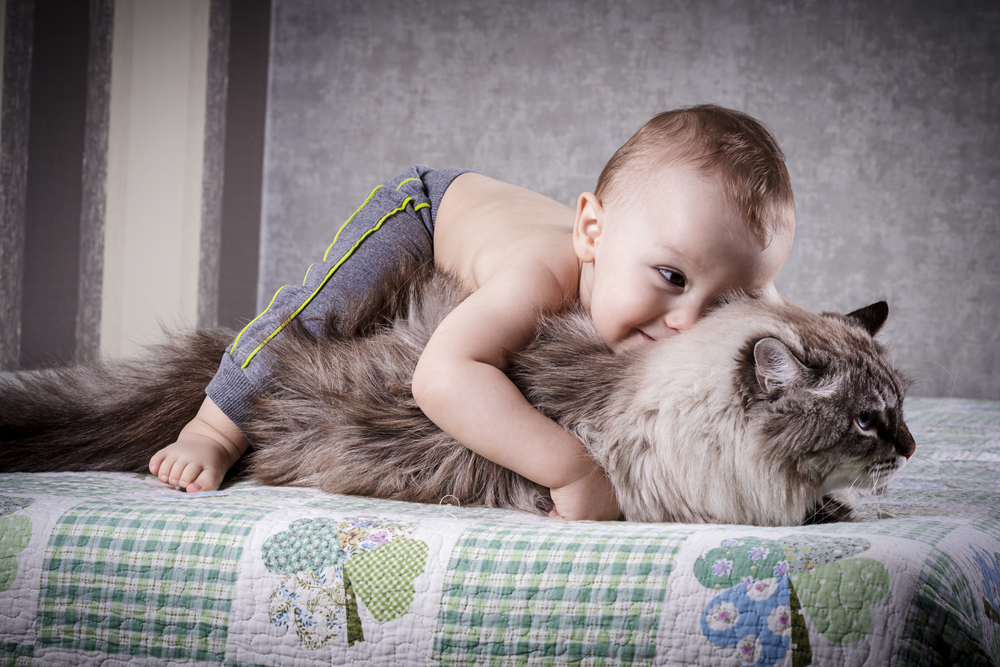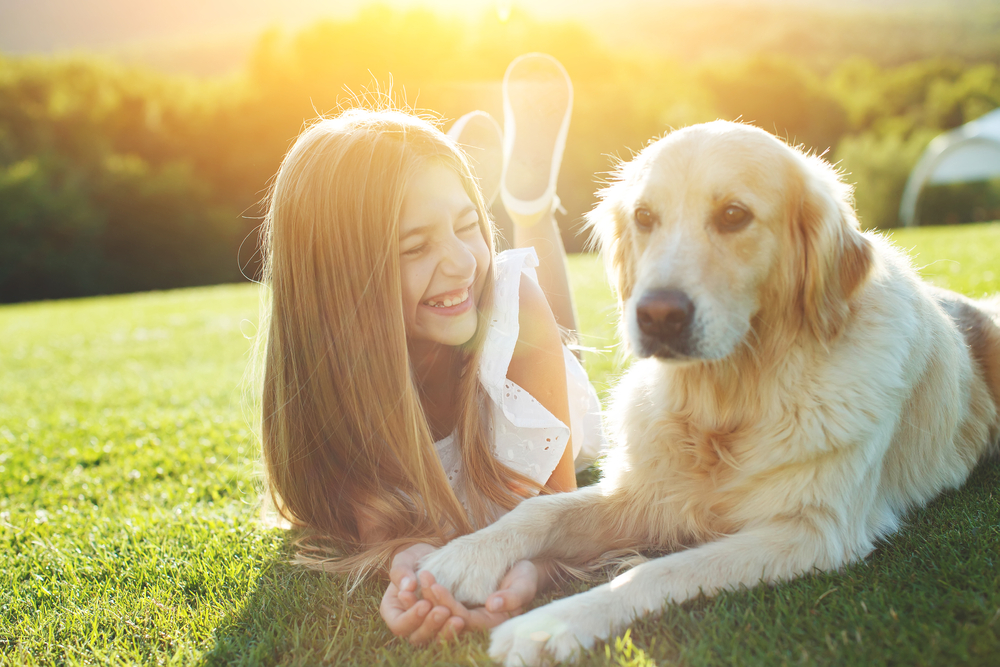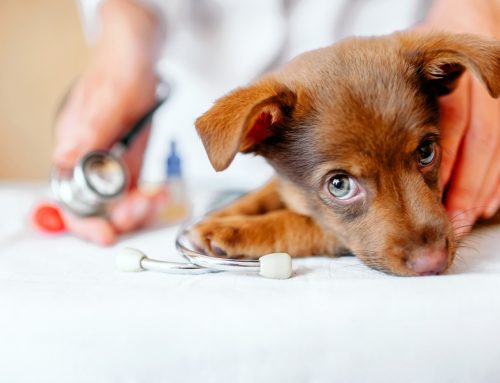It’s often thought that a pet and a child are a match made in heaven, and buddies for life. While pets and children truly can form deep, lasting bonds, occasionally a child fails to heed a pet’s warning signal to back off, which can lead to a bite. Young children are most at risk for being bitten by the family dog, or another familiar dog, since they tend to invade the pet’s space, much as they do with other family members. But, dogs rarely appreciate loud, unpredictable creatures hanging on them, and may politely ask for space, only to be ignored. If a child is not taught how to safely interact with pets, or how to read a pet’s clear signals asking to be left alone, an unfortunate accident can happen.
Since the Animal Clinic of Council Bluffs team believes the bond between a pet and a child is a beautiful thing, we want to share a few tips on encouraging proper interaction, to avoid accidents. As a human parent and a pet parent, you’re the one in charge of overseeing the interchanges between your two- and four-legged children. We’re going to make your job a little easier—simply follow these do’s and don’ts when it comes to kid-pet interactions.
Kids interacting with pets—the do’s
Children learn by example, and a good role model for pet interactions is essential to create a positive foundation. Also, your child will need ample guidance when learning how to play, pet, train, and feed their furry friend, so ensure you take the time to teach them appropriate pet care. Here are a few ways to encourage proper interactions between your kids and pets, to ensure their safety:
- Do allow your pet to leave during any interaction with children — Never force your pet to stay and be hugged, kissed, or played with, if they are uncomfortable. Ideally, your pet should initiate every interaction, such as asking your child to be petted or played with, and should be able to leave when they’re ready.
- Do allow your pet to have a safe space that’s off-limits to children — Sometimes, kids are a lot to handle, with their loud noises, sudden movements, and constant energy. Give your pet a safe place to relax that’s completely off-limits to children. Ensure the children understand that once your pet is in the safe zone, no one is to go there.
- Do teach your children how to properly approach and handle a pet — Pets should be the one to approach a child, and choose how much interaction they want. When an unfamiliar dog approaches, teach your child to be still, and wait for the dog to check them out before petting the back, avoiding the face. Many children need to be taught to pet gently, rather than patting roughly, so teach your child the appropriate petting technique.
- Do be present during interactions between your child and pet — Accidents can occur in an instant. Many incidents, such as a child falling on a sleeping pet, a baby crawling over to a dog chewing on a highly valued toy, or a kid pulling a tail, can incite a scratch or bite. Always supervise your child and pet when they are together, and intervene if necessary.
Kids interacting with pets—the don’ts
The activities you want to avoid during kid-pet interactions mostly revolve around teaching your child proper pet care and handling. By teaching your child to display kindness and compassion around animals, you can avoid the following don’ts of interactions between kids and pets:

- Don’t disturb a pet who is eating or sleeping — Pets can easily be startled when asleep, or their head is in a food dish. In addition, some pets are food-aggressive, and can become protective when eating. Teach your child to leave your pet alone when they are eating or sleeping.
- Don’t pull on a pet’s ears, tail, or whiskers — Children need to be taught the correct way to pet an animal, using gentle strokes, rather than rough pats. Small children are prone to grabbing and pulling, especially if they are learning to stand and walk, and may grab the tail, ears, or a fistful of skin, to pull themselves up.
- Don’t tease or hurt a pet — When playing with a pet, teach your child to avoid teasing, such as taunting your dog or cat with a toy they can never get. Keeping a toy constantly out of reach leads to a frustrated pet, and the heightened emotions can lead to displaced aggression.
- Don’t corner a pet — Never back a pet into a corner, or chase them under a table or into a small room. A cornered pet will likely be scared, and may lash out as self-protection. If a pet is trying to leave, let them.
If your child and your pet are the best of friends and spend their days side-by-side, call us for a wellness appointment—for your pet, not your child. Pets can transmit intestinal parasites and some diseases to people, so we want to ensure your furry pal can safely snuggle with your child.






Leave A Comment